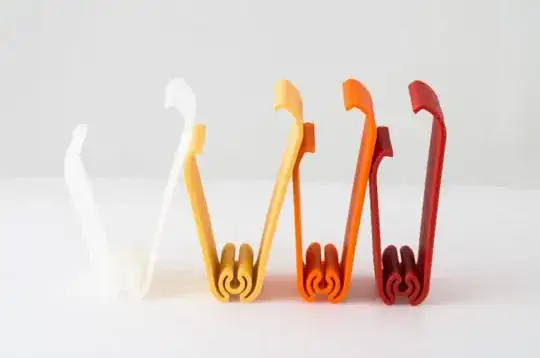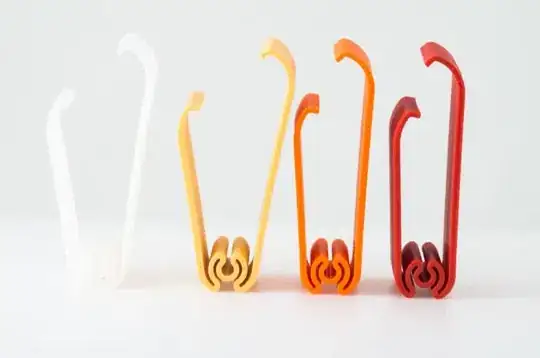I am designing some parts that should modular fit together. I am currently exploring a Lego-like design with octagonal holes and cylindrical pins.
I notice that (depending on the amount of clearance) that the fit is initially tight (to the extent that the pieces are very difficult to remove from each other), but that after a few dozen times connecting and disconnecting the parts the fit becomes very loose. I am currently using PLA. With what material would this occur less quickly/is more resistant to this kind of wear?
The sizes of the pins/holes are slightly bigger than Lego (probably similar to Duplo). Don't think that snap-fit would work in that size. Below of a picture of one of the test pieces (this one later printed in PETG).
I have an open printer so I prefer materials that don't require me to build an enclosure first. It is a Prusa i3 MK3S: Direct drive; 1.75 mm filament; max temp 300 °C; heat bed max temp 120 °C.


